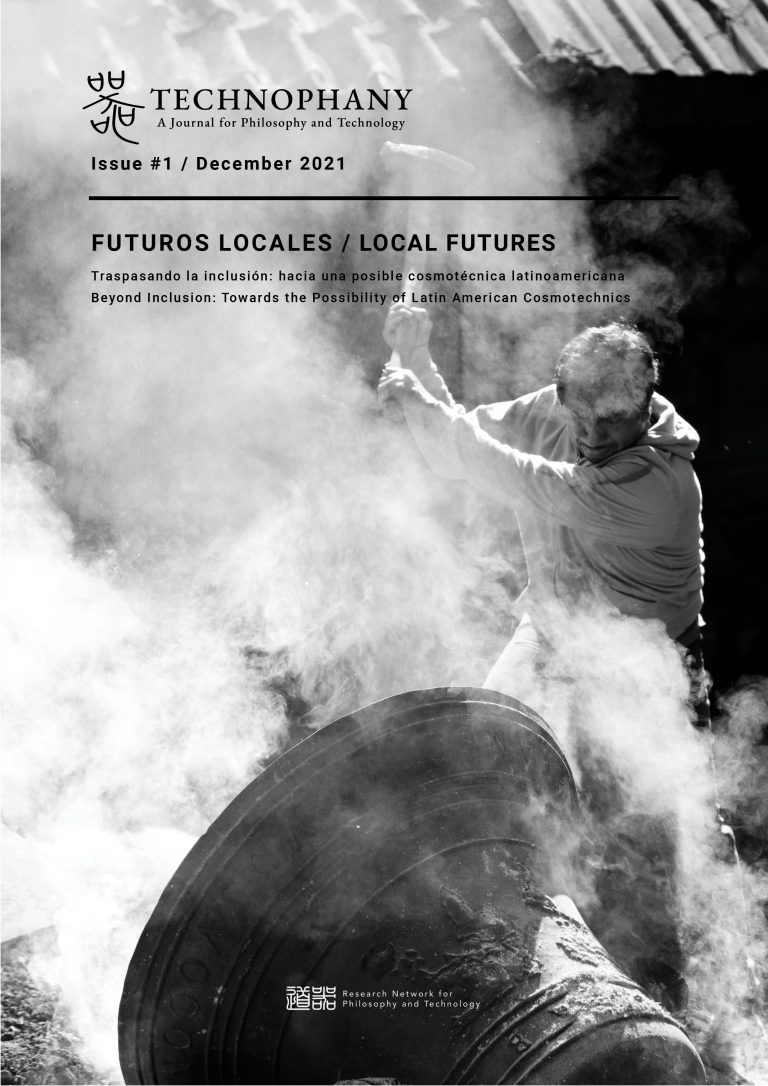De cuenca a valle: Cartografía, el a priori cosmo-geográfico y el pasado lacustre de la Ciudad de México / From Basin to Valley: Cartography, the Cosmo-geographic A Priori and the Lacustrine Past of Mexico City
DOI:
https://doi.org/10.54195/technophany.12653Abstract
In his speculative account of the technogenesis elaborated in the third part of On The Mode of Existence of Technical Ob-
jects, Gilbert Simondon writes about the ‘reticulation’ of the natural world—its cosmological structuration according to
geographical singularities or ‘key-points’ (points clefs)—as prefiguring what would later become technics.1 Yuk Hui frames
this reticulation as a cosmo-geographic a priori in which technical objects came to be inscribed and which determined the
relationship between nature and technology. With modernity, technology became detached from this cosmo-geographic
a priori, eschewing a possible rooting in and inflection by geographical structures, and instead embarked on a develop-
ment of its own inner logic, often to the detriment of the natural world. However, rather than investigating this historical
process of detachment and its spread through the global hegemony of Western cosmotechnics, in this essay, I will focus
on a specific domain of technics that arguably holds a particular relationship with the cosmo-geographic a priori: that of
mapping and cartography.
En su recuento especulativo de la tecnogénesis elaborado en la tercera parte de El modo de existencia de los objetos técnicos, Gilbert Simondon escribe sobre la ‘reticulación’ del mundo natural—su estructuración cosmológica de acuerdo a singularidades o ‘puntos claves’ (pointes clès)—como prefigurando lo que posteriormente sería la técnica.1 Yuk Hui conceptualiza esta reticualación como un a priori cosmo-geográfico en el cual los objetos técnicos se inscriben y lo que determina la relación entre naturaleza y tecnología.2 En la modernidad, la tecnología habría de deslindarse de este a priori cosmo-geográfico, dificultando la posibilidad de arraigarse y conjugarse con las estructuras geográficas, echando a andar un desarrollo de su propia lógica intrínseca, a menudo a costa del mundo natural. No obstante, más que realizar un recuento de este proceso histórico de deslindamiento y su difusión mediante la hegemonía global de la cosmotécnica occidental, en este ensayo me enfocaré en una esfera específica de la técnica, la cual puede argumentarse que sostiene una relación particular con el a priori cosmo-geográfico: la elaboración de mapas y la cartografía.








